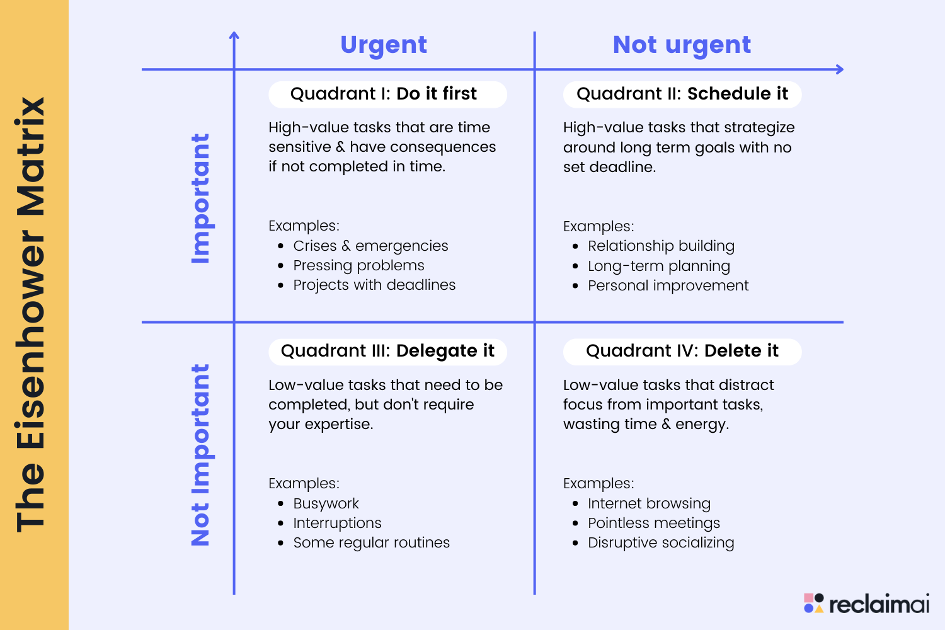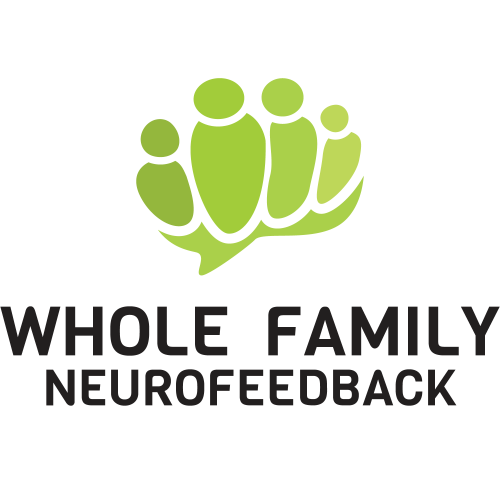5 Ways You Can Improve Focus and Attention
You have so many things you want to get done today– so many that you can’t seem to focus long enough to accomplish a single one. Every time you start on a task, you realize there’s something else. Everything is begging for your attention and it all needs to be done now.
Or, maybe, you’re so overwhelmed by all of your obligations that you feel paralyzed and can’t bring yourself to do anything at all. The weight of everything is simply too much.
You are…
- overwhelmed
- stressed
- fatigued
- strained
You feel…
- Frustrated
- maybe even angry
- pulled in multiple directions
- disappointed in yourself
With a constant influx of information from today’s technology plus your never-ending list of chores, your attention and focus are constantly being tested.
And, if you have a diagnosis like ADHD – problems with attention and focus are only exacerbated.1 ADHD or not, controlling attention and focus is difficult for anyone these days.
When your focus and attention are disrupted, it takes a lot of time to try to get back into your flow. You know that time is the most valuable thing you have. You want to spend it productively and meaningfully.
Today, I want to share with you five ways to improve your focus and attention. While the first four are great ways to assist you with this, the last method is the easiest and most practical way to regain control and conquer your day.
1. Eliminate Distractions
Sometimes it’s hard to put away distractions. Especially as a parent. You might have a crying baby, screaming kids, someone’s soccer uniform to be taken out of the dryer…the list goes on and on.
It’s hard to keep your focus and attention when you’re distracted. It makes multitasking and task-switching so much harder.
Many people find multi-tasking difficult to do. Doing more than one thing at once is not only tiring, it takes you longer to do.2 This is because your brain has gotten into a ‘flow’ with the current task, and then has to switch gears to get into the next.
Doing this repeatedly tires you out and prevents you from fully immersing yourself in what you’re doing. The quality of your task is significantly impacted if you’re not fully engaged.3
Eliminating distractions helps you accomplish one thing at a time. Putting down your phone and turning the TV off can help significantly.
2. Create a Prioritized List
A list should be prioritized to help you knock out the most important and urgent tasks first.
If you’re not sure how to determine what should take priority, the Eisenhower Matrix is a great tool.
Think about what is both urgent and important first, then go down the list. Here’s a great visual aid:4

Having a prioritized list written out can help save you time and help motivate you as you check off completed tasks, giving you a great sense of accomplishment, too!
3. Healthy Food and Good Sleep
If you want to improve your focus and attention, eating healthy food and getting enough sleep allows your body to have the right amount of energy to maintain brain fitness.
Healthy food gives your body the nutrients it needs to function effectively, which powers you to keep going throughout the day. Eating healthy even takes some stress off of the brain.5
Good sleep lets your brain filter out all of the unwanted and irrelevant information from each day. This filtering out is like going through your phone and closing out all of the apps or deleting old contacts. It creates more space for better function.6
Make sure you’re getting quality sleep. If you’re eating right before bed or there’s noises waking you up throughout the night, you won’t complete a full sleep cycle, making you feel even more tired. Not consuming anything up to two hours before bed and buying a pair of earplugs can help.
Keeping healthy snacks in the pantry and prioritizing whole foods combined with a consistent sleep schedule will help you achieve better focus and attention.
4. Activity-Rest Intervals
There’s nothing wrong with taking a break! Breaks help your brain rest and recharge.7 A break can look different for everyone, so make sure you tailor this to your needs. You may have to do some trial-and-error but you’ll figure it out by staying mindful.
Some activity-rest intervals can look like:
- 30 minutes on, 5 minutes off
- 45 minutes on, 15 minutes off
- Two hours on, 30 minutes off
This can be a bit of trial and error before you know what works best for you.
A good way to ease into this type of schedule can be to schedule your breaks around your mealtimes. That way, you’re making sure you’re eating enough while also getting a much needed break throughout the day.
5. Neurofeedback
Neurofeedback is a great tool to use for focus and attention. NeurOptimal® Neurofeedback is the most advanced and effective tool to promote mental wellness for people of all ages – from adults to children.
That’s right, it’s safe to use for everyone.
But, what exactly is it?
NeurOptimal® Neurofeedback helps improve mental acuity and overall brain fitness that helps you feel calmer, more confident, and more certain.
Neurofeedback is an FDA-designated wellness product that:
- Helps manage stress
- Promotes mental/emotional resilience
- Improves sleep habits
- Enhances learning capacity
Most people report an increase in focus and attention after using NeurOptimal.®
Non-linear neurofeedback is safe, non-invasive, and extremely easy to use. All you need to do is connect sensors to your head and ear, and listen to the music on the tablet provided.
As you listen to music, NeurOptimal® monitors your brain activity– measuring brain activity 256 times per second. This far exceeds the software of any linear system.
When the machine detects turbulent brain patterns, the music will stop. This alerts your brain, bringing you back to the present, and allowing your brain to self-correct.
It’s that simple! So simple, it doesn’t even require a medical diagnosis or a special provider. You can do it yourself, at home you can easily fit it into your week. Sessions are only 33.5 minutes long.
This type of non-linear Neurofeedback is personalized to you by detecting what causes you discomfort. As your brain learns to be more flexible and resilient, you feel calmer and more in control. This is because your brain is learning to make adjustments in a more fluid manner.
Remember, it’s not about never hitting turbulence. It’s about being more resilient and adaptive when you do.
NeurOptimal® Neurofeedback Helps With Focus and Attention
NeurOptimal® helps you to comfortably navigate life by helping improve your focus and attention, keep your brain fit, and promote a healthy lifestyle.
So many of our customers report an improvement in focus and attention after using NeurOptimal®. So whether you’re trying to focus on school or work, NeurOptimal® can be used for the whole family.
If you’re ready to see (and feel) an improvement in your focus and attention –fill out our contact form today
References
- Attention Deficit Hyperactivity Disorder. Nazir, M.W. et al. 2022
- Task switching involves working memory. Wang, Y., et al. 2022.
- Are There Benefits of Multitasking? University of Southern California.
- The Eisenhower Matrix. Reclaim AI. 2022.
- Nutrition and mental health. Grajek, M. et al. 2022.
- The Architecture of a Good Night’s Sleep. Dr. James Maas
- The Science of Taking a Break. 2022.

